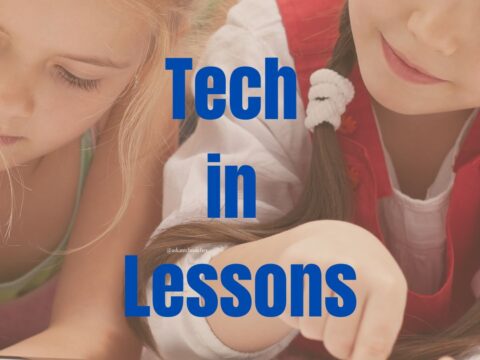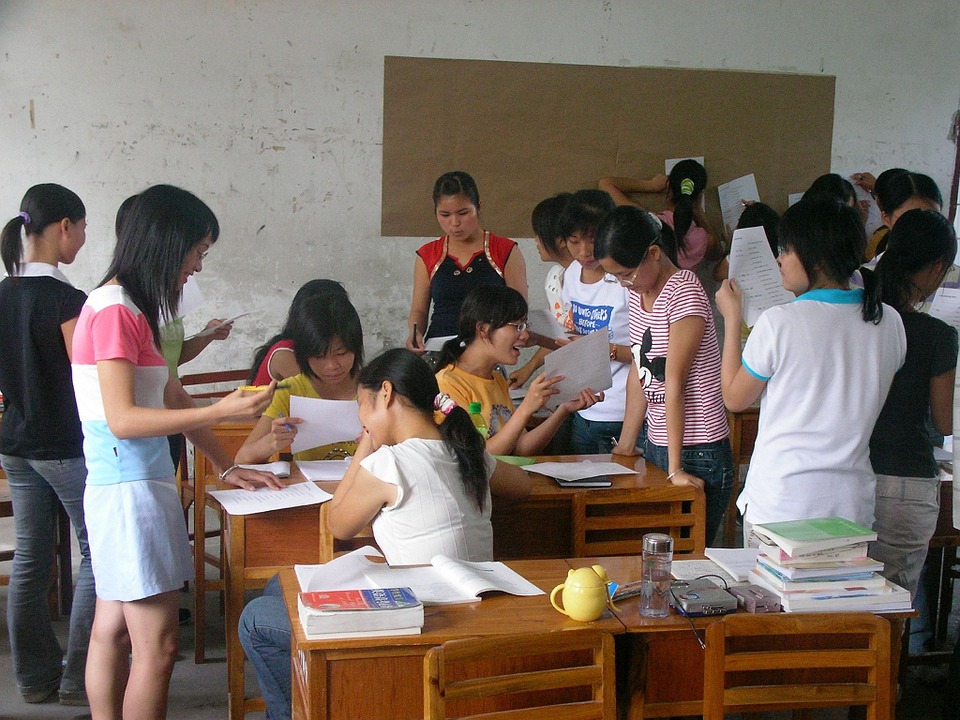Integrating Technology in Education for Modern Classrooms
Embracing technology is crucial for modern educators aiming to enhance their teaching methodologies and foster student engagement. In today’s classrooms, technology serves not just as a tool but as an essential part of the learning environment. Understanding its role and potential can transform traditional teaching into an interactive and efficient experience.
The integration of technology into education is not merely a trend but a necessity in our rapidly advancing world. As an educator, leveraging technological tools can significantly enrich your teaching methods and student interactions. Various platforms such as Canvas, AI-driven applications, and PowerPoint have become staples in classrooms, facilitating diverse and dynamic learning experiences. By understanding and utilizing these resources, you can create a more engaging educational environment that caters to various learning styles. An online electrical and computer engineering degree can equip educators with the necessary skills to effectively implement these technologies in their teaching practices.
Source: Bazoom AI
The Role of Technology in Education
Technological advancements have revolutionized educational settings by introducing tools that enhance both teaching and learning processes. Platforms like Canvas provide a comprehensive space for managing course materials, assignments, and communications, offering a seamless experience for both educators and students. Moreover, integrating artificial intelligence into your teaching strategies can personalize learning by adapting to individual student needs and progress.
PowerPoint remains a powerful tool for presenting information in visually appealing formats that capture students’ attention. However, the true potential of these technologies lies in their ability to transform passive learning into an active, participatory process.
Incorporating technology into the classroom not only enhances instructional methods but also prepares students for a future where digital literacy is paramount. As an educator, staying abreast of technological trends ensures that you are providing students with relevant skills they will need beyond the classroom.
Practical Applications of Technology in Teaching
Integrating technology into lesson plans requires thoughtful planning and creativity. Tools such as interactive simulations can bring complex concepts to life, making them more understandable and relatable for students. Additionally, utilizing digital platforms enables you to reach diverse learners by offering content in various formats—be it audio, visual, or interactive activities—which cater to different learning preferences.
Technology also allows for differentiated instruction by providing resources that address varied skill levels within your classroom. For instance, educational software can offer tailored exercises that challenge advanced learners while supporting those who need additional assistance. This adaptability ensures that each student receives instruction aligned with their unique needs.
The benefits of using technology extend beyond academic achievement; they foster critical thinking, problem-solving skills, and collaboration among students. By creating opportunities for group projects using digital tools, you encourage teamwork and communication—essential skills in any professional field.
The Importance of Continuous Learning for Educators
To effectively integrate technology into your teaching practices, continuous professional development is vital. The rapidly advancing nature of technological tools means that staying updated is imperative for maximizing their potential in educational settings. Participating in workshops or enrolling in online courses provides invaluable opportunities to enhance your tech skills.
By investing time in learning about emerging educational technologies, you not only improve your proficiency but also set a positive example for your students about the importance of lifelong learning. Institutions often offer training programs designed specifically to help educators navigate new tools effectively.
Professional development resources are readily available online through platforms like Kettering University’s offerings at online.kettering.edu, where educators can pursue advanced degrees or certificates focused on engineering and technical education.
Advanced Educational Technologies
The advent of advanced technologies like virtual reality (VR) and artificial intelligence (AI) presents exciting opportunities for educators willing to innovate their teaching strategies. VR can transport students to immersive environments that enhance understanding through experiential learning, while AI provides insights into individual student performance through data analytics.
By embracing these advancements, educators can offer enriched learning experiences that engage students on multiple levels.
When applied thoughtfully in classrooms, these cutting-edge tools promise transformative potential. By equipping students with relevant skills now, you can more effectively prepare them for future challenges.
Challenges and Solutions in Tech Integration
While the benefits of integrating technology are significant, challenges remain. Common obstacles include limited access to resources or insufficient training on how to utilize available tools efficiently within curricula constraints.
Addressing these challenges requires strategic planning. Collaborating with colleagues or seeking support from administrative bodies can provide valuable insights into effectively overcoming barriers. Sharing best practices among peers often leads to innovative solutions tailored specifically to enhance student outcomes.
Ultimately overcoming hurdles associated with technological adoption involves cultivating an open mindset towards change while fostering resilience among both staff members involved directly within classroom settings as well as students adapting alongside evolving expectations regarding modern education delivery methods.
Here’s the sign-up link if the image above doesn’t work:
https://forms.aweber.com/form/07/1910174607.htm
“The content presented in this blog are the result of creative imagination and not intended for use, reproduction, or incorporation into any artificial intelligence training or machine learning systems without prior written consent from the author.”
Jacqui Murray has been teaching K-18 technology for 30 years. She is the editor/author of over a hundred tech ed resources including a K-12 technology curriculum, K-8 keyboard curriculum, K-8 Digital Citizenship curriculum. She is an adjunct professor in tech ed, Master Teacher, freelance journalist on tech ed topics, and author of the tech thrillers, To Hunt a Sub and Twenty-four Days. You can find her resources at Structured Learning.







































